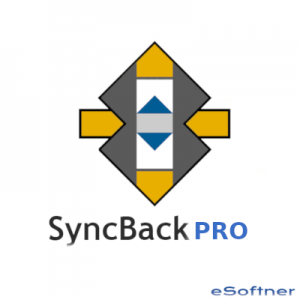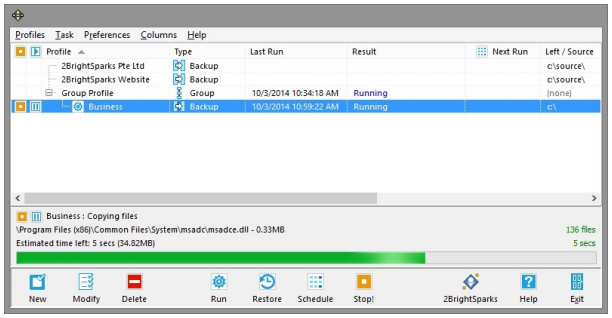

To switch from one version to another (e.g.

You should not have 32-bit and 64-bit versions installed at the same time.
When you first run V9 it will restore the profiles you had when you were using V9 previously.Ħ4-bit versions of SyncBackPro and SyncBackSE were introduced in SyncBackPro/SE V8. You try V10 and later decide you want to return to using V9, so you uninstall V10 and then install V9. When V10 is first run it will make a backup of your V9 profiles. You are currently using SyncBackPro V9 and decide you want to try V10. You can manually delete the backup files yourself if you are sure you are not going to revert back to the older version. The backup files will be automatically deleted by SyncBackPro once a valid serial number is entered and 60 days or more have passed since it was first run. After SyncBackPro has made the backup it will open a Windows File Explorer window so you can see which folder it is and the files in it. The default location is a sub-directory of your users application data folder. 
C:\Users\ \Documents\SyncBackProV9 Backup\). You can choose which folder to make a backup of the profiles and settings in, but it is recommended that you do not and instead use the default (e.g. It is important to note that you must install the latest version of SyncBackPro to be able to restore your settings and profiles. The purpose of this backup is so that if you decide to uninstall the newer version and re-install the older version, then the older version can restore your old settings and profiles.

If so, it makes a backup of the existing profiles and settings of the older version. When SyncBackPro is first run it will check to see if it has been installed over an older version, e.g. Profiles Backup for SyncBackProV9 and earlier Users








 0 kommentar(er)
0 kommentar(er)
